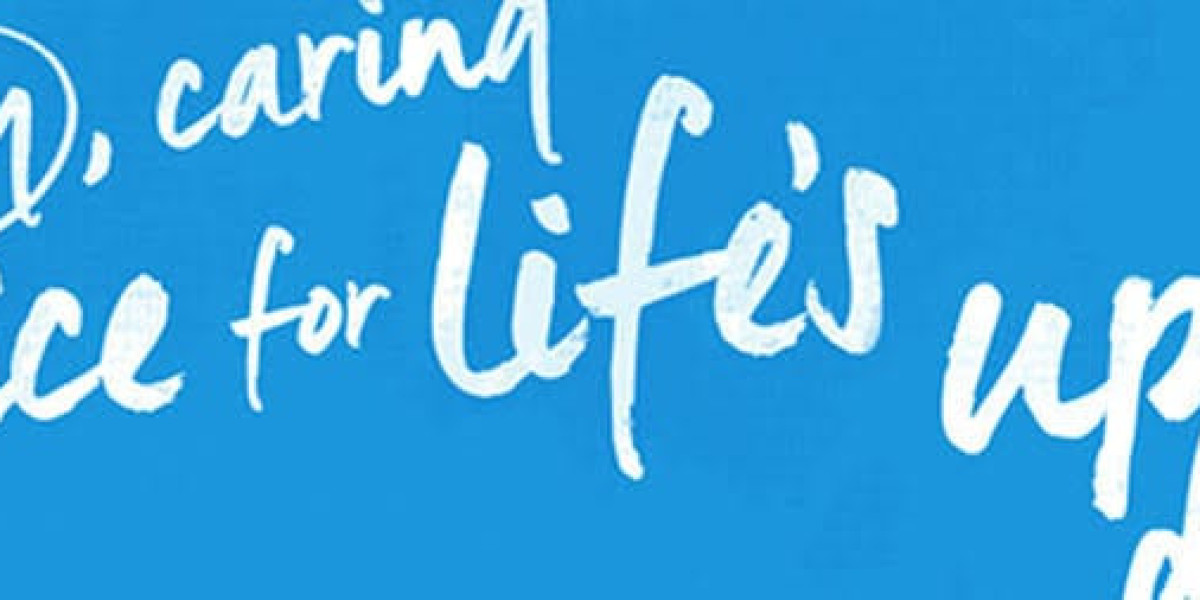The world of theatre and film often demands a high level of authenticity, especially when it comes to scenes involving firearms. Whether you're part of a historical reenactment or a modern production, understanding theatrical firearms training is essential. This guide covers everything you need to know about handling firearms on stage and screen.
Why Theatrical Firearms Training Is Crucial
When it comes to using firearms in performances, realism is vital. Proper training ensures that actors handle firearms safely and convincingly, adding to the overall authenticity of the production.
Safety First: The Foundation of Firearms Training
Safety is the cornerstone of any firearms training programme. Always treating every firearm as if it's loaded is the golden rule. This mindset helps prevent accidents and ensures a safe environment for everyone involved.
Essential Safety Protocols
- Never point a firearm at anyone unless it's necessary for the scene.
- Keep your finger off the trigger until you're ready to shoot.
- Be aware of your surroundings and ensure no one is in the line of fire.
Types of Firearms Used in Theatre and Film
Different productions require different types of firearms. Here's a quick overview:
- Prop Guns: Non-functional replicas that are used for visual purposes.
- Blank-Firing Guns: Real guns modified to fire blanks.
- Airsoft Guns: Replica firearms that shoot plastic pellets.
Each type has its own set of safety considerations and uses.
The Role of Training Academies
Proper training is essential for handling theatrical firearms safely and convincingly. Enrolling in a theatrical firearms training academy provides the necessary skills and knowledge.
What Training Entails
- Basic Handling: Learning how to hold, aim, and fire a firearm correctly.
- Safety Procedures: Comprehensive safety protocols to prevent accidents.
- Scene Rehearsal: Practicing scenes involving firearms to ensure fluidity and safety.
Understanding Historical Firearms
For historical reenactments, understanding the specific firearms used during the period is crucial. This includes knowing how to load, fire, and handle the weapon as it was done historically.
Examples of Historical Firearms
- Flintlock Pistols: Used during the 17th to early 19th centuries.
- Muskets: Long guns used by infantry soldiers in various wars.
- Revolvers: Widely used in the 19th century, especially in the American West.
Modern Firearms in Productions
In modern productions, firearms often used are more contemporary. Understanding the mechanics and safe handling of these weapons is essential for realism and safety.
Common Modern Firearms
- Semi-Automatic Pistols: Common in action films and contemporary settings.
- Assault Rifles: Often used in military or action genres.
- Shotguns: Used in various genres for their dramatic effect.
Simulating Recoil and Firing
Recoil is the backward movement experienced when a firearm is fired. Actors must learn to simulate this realistically to enhance their performance. Practice with a trained professional is key to mastering this skill.
Working with a Firearms Coordinator
On any set involving firearms, a firearms coordinator is essential. They ensure all firearms are handled safely and correctly, providing guidance on realistic firearm use.
Responsibilities of a Firearms Coordinator
- Safety Oversight: Ensuring all safety protocols are followed.
- Training: Providing actors with the necessary training.
- Scene Supervision: Overseeing scenes involving firearms to ensure accuracy and safety.
Legal Considerations for Theatrical Firearms
Using firearms, even theatrical ones, comes with legal responsibilities. Ensure you are aware of the laws and regulations regarding firearm use in your area.
UK Regulations
In the UK, specific licenses and permissions are required for using theatrical firearms. Make sure your production complies with all legal requirements to avoid penalties.
Balancing Realism and Safety
While it's important to deliver a convincing performance, safety should never be compromised. Always follow the guidelines provided by your firearms coordinator and training academy.
Tips for Maintaining Realism
- Practice Regularly: Regular practice helps in maintaining realism.
- Study Real Firearm Usage: Watching videos and studying real firearm usage can provide valuable insights.
- Work with Experts: Collaborate with firearms experts to enhance your skills and knowledge.
Conclusion
Mastering the use of theatrical firearms is a vital skill for many actors. By prioritising safety, understanding the mechanics of various firearms, and undergoing proper training, you can bring authenticity to your performances.
Remember, safety is always the top priority. With the right training and mindset, you can confidently handle any role that involves firearms, whether it's a historical reenactment or a modern production.















